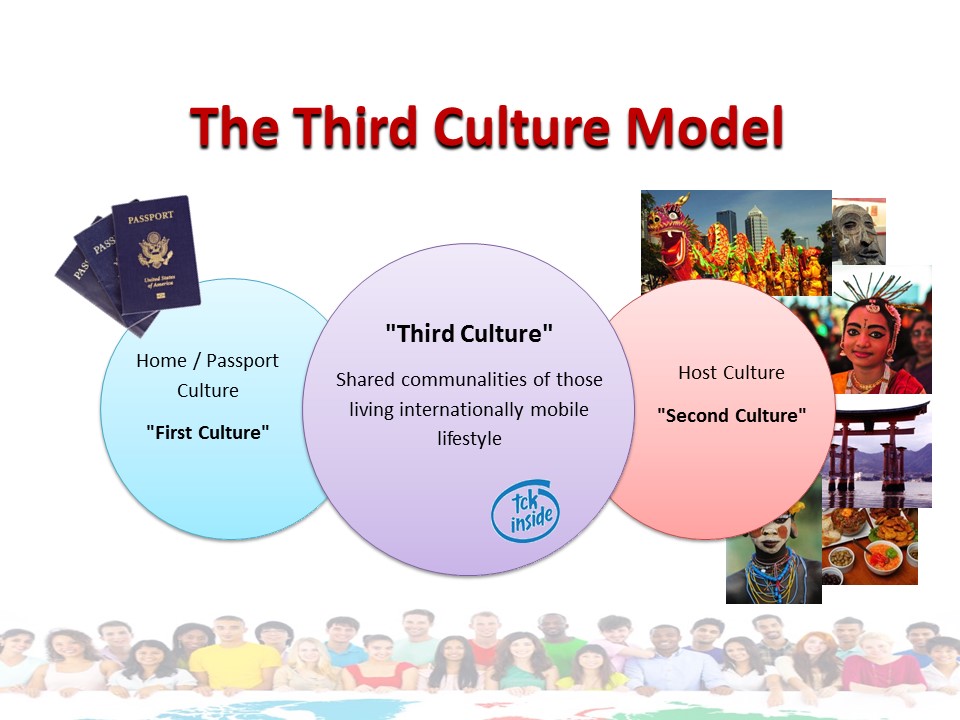What would best explain the complex concept of TCK? In a workshop today I chose to introduce the concept through the personal story of my son. I used two colored playdough for illustration (a lovely idea I got from a lecture by Jamie Simpson).

Based on Third Culture Kids
While describing the early life of my son I took a small lump of blue clay. As I was kneading the clay I talked of his infancy and added blue chunks for his Israeli birth certificate and Israeli passport – The ‘Paper Culture’ of an Israeli new born baby. To the blue chunks I then started adding little chunks of red playdough representing the experience of my son’s early years growing up in the US. I used a chunk for learning to sing “The wheels on the bus” in his American kindergarten, a chunk for the P&J sandwiches he loved, and then another red chunk for his later move to Australia at the age of 3. I added one more red piece to the growing ball to represent a kangaroo he hugged in Adelaide, and another to represent the Vegemite & cheese sandwiches he was now learning to like at the age of 4. In my hand I kneaded the chunks which were blending together and gradually losing their original color into a new purple color, marking my son’s identity formation over his first five years. Right before coming back to Israel, I was saying, it was clear to us that our son is Israeli in every respect. Despite his perfect English and the Australian and American children songs which made up his playlist, our son was fluent in Hebrew and even started his first steps in reading Hebrew children books.
It was only when we came back home that we realized how different he was, I explained while showing what now was a blended purple ball. My son was speaking Hebrew but he looked different. His best buddy was a boy who returned from a relocation to Africa. Despite the different experiences they gained over their short lives, these kids shared their difference, their ‘otherness’, what today I may call their ‘third culturedness’. The next time my son would feel he fully belongs, would be six years later – at the International School in Singapore.
To better sum up the characteristics of the Third Culture Kids I contrasted them with those of us – the grown up expats. I introduced myself and with a blue chunk of playdough marked the beginning of my life in Israel. My Israeli birth certificate, my passport, I added blue chunks when telling about my childhood, my high school graduation, my service in the IDF. The perfectly clean blue ball of playdough was growing as I was telling of my BA at the University of Haifa and my wedding at a beautiful Galilee Fortress.
Choosing to leave Israel and move to the United States at the age of 25 was represented with a small red chunk of clay which stuck to the surface of the blue ball. Other small chunks of red joined to represent my American experience, my work in Australia, my acquaintance with the Asian culture in Singapore. But at this time, I did not knead the colors together. My identity formation was over at the age of 18 and the red chunks I gained with my expanding cultural experiences were only added as an external decoration to the blue ball. Upon my returns to Israel, I explained, I easily shed my red dots. I like spots they leave behind. These spots are what make me the interesting multicultural person I am, but my basic identity is clear and stable – I am and will always be Israeli.
Side by side on the table remained my two playdough balls –purple and blue, my son and me. Sharing so many common experiences and yet having such a different cultural identity.
For further reading:  Third culture kids: The experience of growing up among worlds, Pollock, D.C., & Van Reken, R.E. (2009). Boston: Nicholas Brealy
Third culture kids: The experience of growing up among worlds, Pollock, D.C., & Van Reken, R.E. (2009). Boston: Nicholas Brealy
By Dr Taly Goren, a long time traveler between nations and continents,
relocation specialist, parents groups facilitator, mother of two adolescent TCKs,
and the wife of a Hi-Tech Expat frequent flyer.

